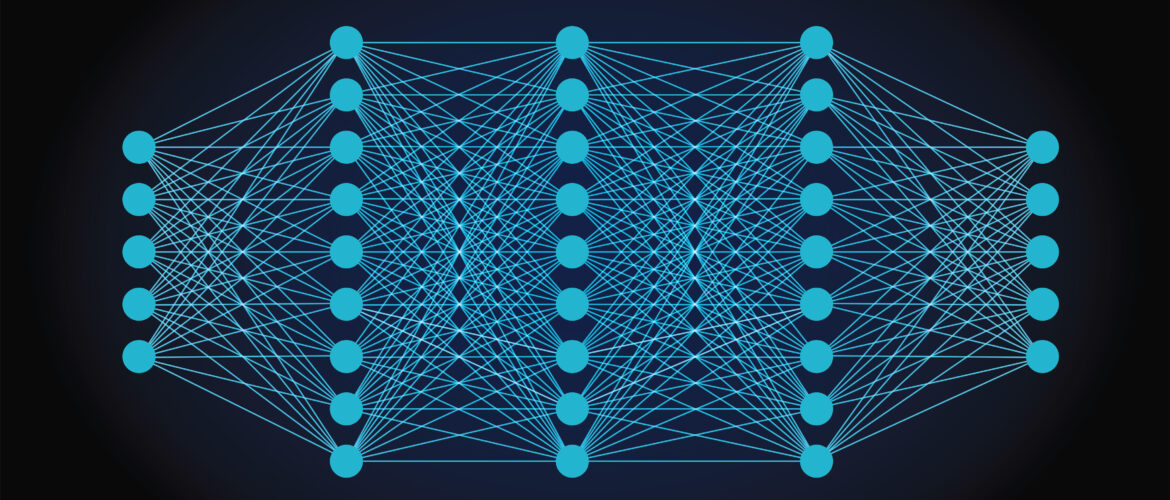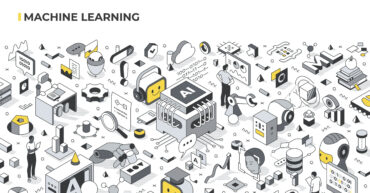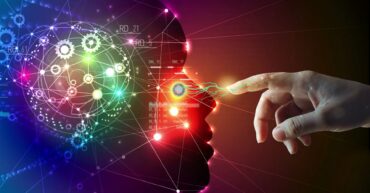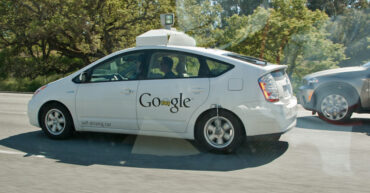Deep Learning and Neural Networks: An Introduction
- January 11, 2024
- Posted by: Kulbir Singh
- Category: Artificial Intelligence Data Science Deep Learning

Welcome to the fascinating world of Deep Learning and Neural Networks! Imagine your brain is a superhero team, where each hero has a special power. Together, they can solve complex problems, like figuring out the best way to save the day. In the world of Artificial Intelligence (AI), we have something quite similar called Neural Networks, and when they get really good at working together, that’s called Deep Learning. Let’s dive into this exciting world, making it as easy to understand as playing your favorite video game.
What are Neural Networks?
Neural Networks are like a team of brainy heroes in your computer. Each hero, or “neuron,” has a job: to receive messages, process them, and pass them on. Just like in a relay race, where each runner passes the baton to the next, neurons pass information to each other. But instead of running on a track, they’re solving puzzles, like recognizing your friend’s face in a photo or understanding the words to your favorite song.
How Do Neural Networks Learn?
Imagine you’re teaching your dog to fetch. At first, your dog might not understand what you want. But with practice and treats for getting it right, your dog learns exactly what to do. Neural Networks learn similarly. At first, they make a lot of mistakes. But by practicing (which means looking at a lot of data, like pictures or sounds) and getting little nudges towards the right answers (this is called “training”), they get better and better.
The Magic of Deep Learning
Now, what makes Deep Learning “deep”? Remember our superhero team? Imagine if, instead of one team, we had a whole league of superhero teams, each specializing in a different type of problem. The first team might be experts at identifying colors, the next team could be whizzes at shapes, and another might be geniuses at understanding patterns. When you have lots of these teams (or layers of neurons) working together, they can tackle really, really complicated problems, like driving a car or translating languages. That’s Deep Learning: a bunch of neural network teams working together to do amazing things.
Deep Learning in Everyday Life
You might wonder where you see Deep Learning in your day. Well, it’s all around you! When you speak to a voice assistant like Siri or Alexa, Deep Learning helps them understand what you’re saying. When you play video games, Deep Learning might be making the game smarter and more fun. Even when you watch movies, Deep Learning is used to create cool special effects that look super realistic.
Why Are Neural Networks So Cool?
One reason Neural Networks and Deep Learning are so cool is that they can learn to recognize patterns and make decisions, kind of like humans, but they can look at lots and lots of information at once—way more than a person could. This means they can help doctors find tiny clues in x-rays to detect diseases early, help scientists discover new planets by sifting through data from telescopes, and even help farmers predict the best time to plant their crops.
The Future of Deep Learning
The future with Deep Learning looks super exciting! Imagine having robots that can learn to do almost any task to help around the house, from cooking meals to doing laundry. Or video games that are so smart, they invent new levels on the spot, perfectly matched to how you like to play. Scientists are even working on ways to use Deep Learning to help solve some of the world’s biggest problems, like finding ways to protect the environment and making cars that are safe to drive themselves.
Everyone Can Explore Deep Learning
You might think you need to be a grown-up scientist to understand Deep Learning and Neural Networks, but that’s not true! There are fun apps, games, and websites where you can start learning about these ideas right now. Who knows? Maybe you’ll come up with a great idea for using Deep Learning to make the world a better place.
Conclusion
Neural Networks and Deep Learning might sound like they belong in a science fiction story, but they’re part of our world today, making it more exciting and smart. They show us that by working together, even tiny pieces (like neurons in a network) can solve big mysteries and create incredible things. And just like each neuron in a Neural Network, every one of us has unique ideas and talents that can contribute to making the future even brighter. So, the next time you see a robot or use an app, think about the teams of brainy heroes behind the screen, working together to make it all happen. Welcome to the wonderful world of Deep Learning and Neural Networks, where the adventures are just beginning!
A Large Language Model (LLM) is a type of deep learning model trained on massive text datasets to understand and generate human language.
Humans and artificial intelligence (AI) have been contrasted and compared frequently.Some worry that AI will drive people out of many professions, while others argue that AI will never fully replace human intelligence and creativity.
Autonomous vehicles, also known as self-driving cars, are like smart robots that can drive themselves without a human driver.



